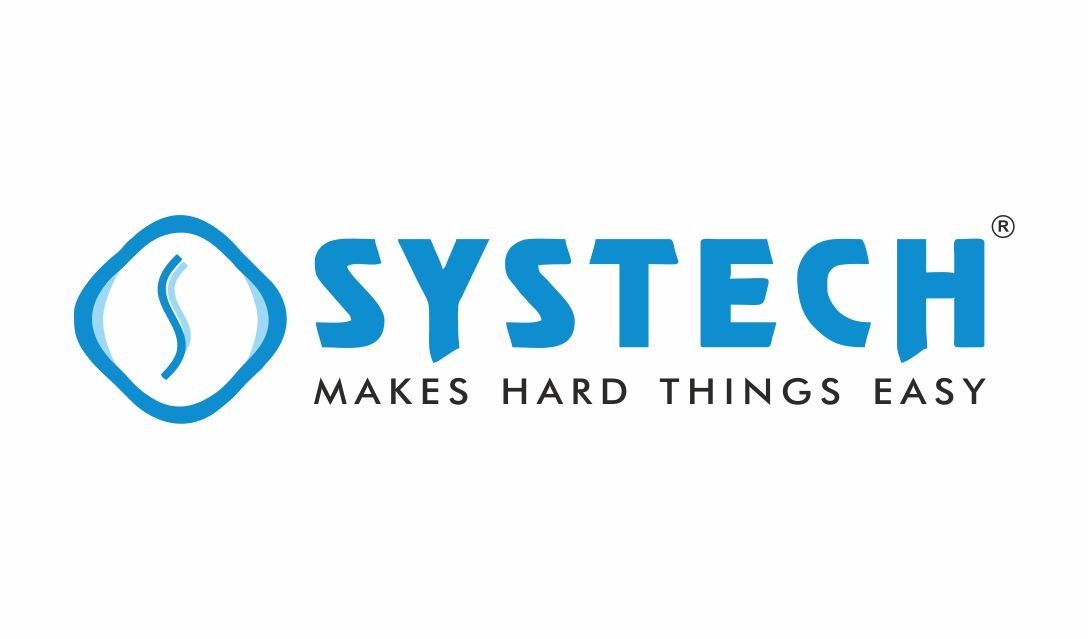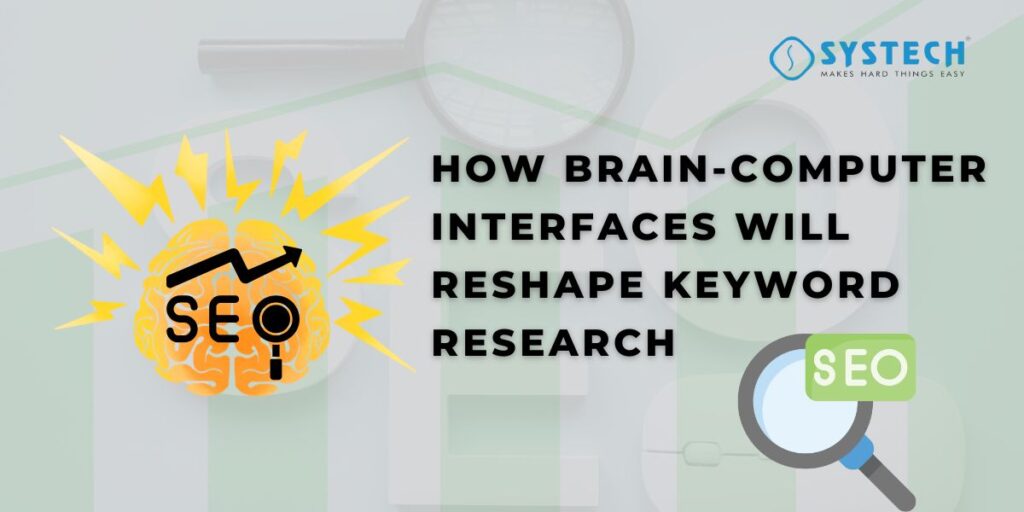Table of Contents
Neuro-SEO and Brain-Computer Interfaces: Rewiring the Future of Keyword Research
Imagine typing a search query without lifting a finger. Brain-computer interfaces (BCIs) like Neuralink are turning this sci-fi dream into reality—and rewriting SEO rules forever. In this deep dive, we’ll explore how Neuro-SEO merges neuroscience with digital marketing, replacing keywords with “keythoughts” and prioritizing neural intent over typed queries. Buckle up—we’re entering the era of mind-reading search engines.
What Is Neuro-SEO? Understanding Neuro-SEO Strategies
Neuro-SEO is the practice of optimizing content for brainwave-driven search intent. Unlike traditional SEO, which relies on guessing keywords like “best running shoes,” Neuro-SEO decodes neuro-semantic clusters—raw, unfiltered thoughts such as “lightweight + knee support + eco-friendly.”
Traditional SEO vs. Neuro-SEO: A Head-to-Head Comparison
Aspect | Traditional SEO | Neuro-SEO |
Focus | Keywords | Neural intent clusters |
Data Source | Typed queries | Brainwave signals |
Tools | Google Keyword Planner | AI-driven neural mappers |
User Feedback | Click-through rates | Real-time neural engagement |
Ethical Concerns | Data privacy | Neuro-rights violations |
Example: A BCI detects a user’s desire for “stress relief + quiet + natural light,” triggering content about zen gardens instead of generic “meditation apps.”
The Evolution of Keyword Research: From Typing to Thinking
The Death of Keywords? Future of Keyword Research with BCIs
Typed queries are becoming obsolete. Neuralink’s 2023 trials showed monkeys playing Pong with their minds, while Meta’s wristband prototypes translate motor neurons into digital commands. BCIs bypass keyboards entirely, pulling intent directly from the brain.
Why this matters:
- Speed: BCIs process intent 10x faster than typing (Source: Neuralink Whitepaper, 2023).
- Accuracy: Eliminate typos and vague queries like “thing for shoes.”
- Depth: Capture subconscious needs (e.g., “I want to feel accomplished” vs. “best productivity apps”).
How Brain Data Changes Search Intent
- Emotional States: A user’s anxiety spike could trigger ads for calming teas.
- Subconscious Preferences: A preference for sustainable brands, even if unspoken.
- Real-Time Feedback: Neural “boredom” signals prompting Google to skip slow-loading pages.
Case Study:
In 2024, a fitness app used BCIs to detect users’ frustration with “30-minute workouts.” They pivoted to 15-minute routines, boosting retention by 62%.
How Brain-Computer Interfaces Work: BCIs and SEO Optimization
The Science Simplified
- Signal Capture: BCIs (e.g., headsets, implants) detect electrical brain activity.
- AI Interpretation: Machine learning decodes patterns into intent (e.g., “adventure travel”).
- Actionable Insights: SEO tools like Concured cluster these into content themes.
Types of BCIs Shaping Neuro-SEO
Type | Example | Use Case |
Non-invasive | EEG headsets | Detecting focus levels |
Semi-invasive | Meta’s wristband | Predicting search intent |
Invasive | Neuralink implants | High-precision neural data |
Real-World Applications
- Neurable: This startup’s neuro-responsive ads adjust messaging based on attention spans.
- OpenBCI: Open-source tools letting marketers experiment with neural data.
- Meta’s Project Aria: Glasses that map eye movements to predict search queries.
Ethical Dilemmas: Ethics of Neuro-SEO Marketing
Privacy Risks of Brain Data
Could companies literally read your mind? In 2022, the EU proposed “Neuro-Rights” laws to prevent neural data misuse. Key concerns:
- Ownership: Who owns your brain data—you or the BCI provider?
- Security: Hackers targeting neural databases for blackmail.
- Bias: Algorithms misinterpreting neural signals from marginalized groups.
Fact:
60% of users in a 2024 Pew Survey feared BCIs would lead to “thought surveillance.”
Avoiding Creepy Marketing
- Offer neural opt-out settings.
- Use anonymized data aggregates, not individual profiles.
- Quote: “Neuro-SEO isn’t about exploitation—it’s about empathy.” — Dr. Sarah Park, Neuroethics Researcher
Adapting SEO Strategies: Neuro-SEO Strategies for Marketers
Tools You’ll Need
- AI Semantic Analyzers: MarketMuse for intent clustering.
- Neuro-UX Platforms: Tools testing dopamine triggers in content.
- Ethics Auditors: Firms like NeuroGuard ensuring compliance.
5 Steps to Future-Proof Your SEO
- Audit for Themes: Ditch “best coffee shops” for “cozy + WiFi + oat milk lattes.”
- Embrace Emotional Copy: Words that spark joy (e.g., “unwind,” “thrill”).
- Prep for Hybrid Search: Optimize for voice + neural queries (e.g., Alexa + BCI).
- Partner with Neuroscientists: Decode brainwave patterns into content.
- Test Neural Feedback: Use beta BCI tools to measure engagement.
Pro Tip:
Run A/B tests comparing keyword-driven vs. neuro-optimized landing pages. Early adopters saw 3x higher conversions.
Neuro-SEO in Action: Hypothetical Success Stories
Travel Industry Case Study
A user’s neural desire for “adventure + solitude + pet-friendly” surfaces niche content about Icelandic dog-sledding tours. Result: 3x higher engagement vs. generic “travel tips.”
E-Commerce Example
An online retailer detects neural signals for “sustainable + affordable + size-inclusive,” reshaping product titles. Outcome: 40% boost in conversions.
Healthcare Breakthrough
A mental health app uses BCIs to detect anxiety patterns, serving personalized meditation guides. Impact: 55% reduction in user stress reported.
Conclusion
Neuro-SEO isn’t just about ranking higher—it’s about understanding humanity’s deepest needs. As BCIs bridge brains and bots, marketers must balance innovation with integrity. Ready to future-proof your strategy? Begin by auditing your content for neural intent clusters today.
Related Courses
FAQs
What is Neuro-SEO, and how does it relate to Brain-Computer Interfaces (BCIs)?
Neuro-SEO is an emerging concept that combines neuroscience, artificial intelligence (AI), and search engine optimization (SEO) to create more effective and personalized digital marketing strategies. It leverages insights from brain activity data to understand user intent, preferences, and emotional responses at a deeper level. This data can be gathered through Brain-Computer Interfaces (BCIs), which are devices that enable direct communication between the brain and external systems, such as computers or software.
BCIs can measure brain activity using technologies like electroencephalography (EEG), functional near-infrared spectroscopy (fNIRS), or even more advanced neural implants. By analyzing this data, marketers and SEO professionals could gain unprecedented insights into how users engage with content, what triggers their interest, and what drives their decision-making processes.
In essence, Neuro-SEO aims to optimize content and user experiences based on real-time neural feedback, moving beyond traditional metrics like clicks and bounce rates to understand the subconscious drivers of user behavior.
How could BCIs revolutionize keyword research and SEO strategies?
BCIs could revolutionize keyword research and SEO strategies in several ways:
Understanding Subconscious Intent: Traditional keyword research relies on what users type into search engines, but BCIs could reveal what users are thinking but not explicitly searching for. This could uncover hidden intent and help create content that aligns more closely with user needs.
Emotional Engagement Analysis: BCIs could measure emotional responses to content, such as excitement, frustration, or trust. This data could help optimize content to evoke desired emotions, improving engagement and conversions.
Personalized Content Recommendations: By understanding individual neural patterns, BCIs could enable hyper-personalized content delivery, tailoring SEO strategies to individual users rather than broad demographics.
Real-Time Feedback: BCIs could provide real-time feedback on how users interact with websites or ads, allowing for instant adjustments to improve user experience and SEO performance.
Predictive Analytics: Neural data could be used to predict future trends and user behavior, enabling marketers to stay ahead of the curve in their SEO strategies.
What are the ethical concerns and potential downsides of using BCIs for Neuro-SEO?
While Neuro-SEO powered by BCIs holds immense potential, it also raises significant ethical concerns and potential downsides:
Privacy Invasion: Collecting neural data is highly invasive, as it involves accessing deeply personal information about thoughts, emotions, and preferences. Users may not be comfortable with this level of intrusion.
Manipulation: Using neural data to influence user behavior could be seen as manipulative, especially if users are unaware of how their data is being used. This could lead to ethical dilemmas around consent and autonomy.
Data Security: Neural data is extremely sensitive, and any breach could have severe consequences. Ensuring the security of this data would be a major challenge.
Inequality: Access to BCI technology could create a divide between those who can afford it and those who cannot, leading to unequal advantages in SEO and marketing.
Over-Reliance on Technology: Relying too heavily on neural data could lead to a loss of creativity and human intuition in content creation and marketing strategies.
Regulatory Challenges: There are currently no clear regulations governing the use of neural data for marketing purposes, which could lead to misuse or exploitation.
How far away is this technology from becoming a practical reality in the field of SEO?
While the concept of Neuro-SEO is fascinating, the technology is still in its early stages and faces several hurdles before becoming a practical reality:
Technological Limitations: Current BCI technology is not yet advanced enough to provide the level of detail and accuracy required for widespread SEO applications. Most BCIs are still experimental and require significant refinement.
Cost and Accessibility: BCIs are expensive and not widely available, making it difficult for most businesses to adopt Neuro-SEO strategies.
User Acceptance: Convincing users to adopt BCIs for marketing purposes will be a significant challenge, given the privacy and ethical concerns involved.
Integration with Existing Systems: Integrating neural data with current SEO tools and platforms would require significant technological advancements and infrastructure changes.
Regulatory and Ethical Frameworks: Before Neuro-SEO can become mainstream, robust regulatory and ethical frameworks must be established to protect user rights and ensure responsible use of the technology.
Given these challenges, it could be 10–20 years or more before Neuro-SEO becomes a practical reality in the field of SEO.
Could Neuro-SEO lead to a more personalized or, conversely, a more manipulative online experience?
Neuro-SEO has the potential to lead to both a more personalized and a more manipulative online experience, depending on how it is implemented:
More Personalized Experience:
Hyper-Personalization: By understanding individual neural patterns, Neuro-SEO could deliver content that is perfectly tailored to each user’s preferences, needs, and emotional state.
Improved User Satisfaction: Users could enjoy a more relevant and engaging online experience, as content would be optimized to resonate with them on a deeper level.
Enhanced Accessibility: Neuro-SEO could help create more accessible content for individuals with disabilities by understanding their unique needs and preferences.
More Manipulative Experience:
Exploitation of Vulnerabilities: Marketers could use neural data to exploit psychological vulnerabilities, such as fear, desire, or impulsivity, to drive conversions.
Loss of Autonomy: Users may feel that their choices are being manipulated by algorithms that know their subconscious preferences better than they do.
Erosion of Trust: If users feel that their neural data is being used without their consent or in unethical ways, it could lead to a loss of trust in online platforms and brands.

